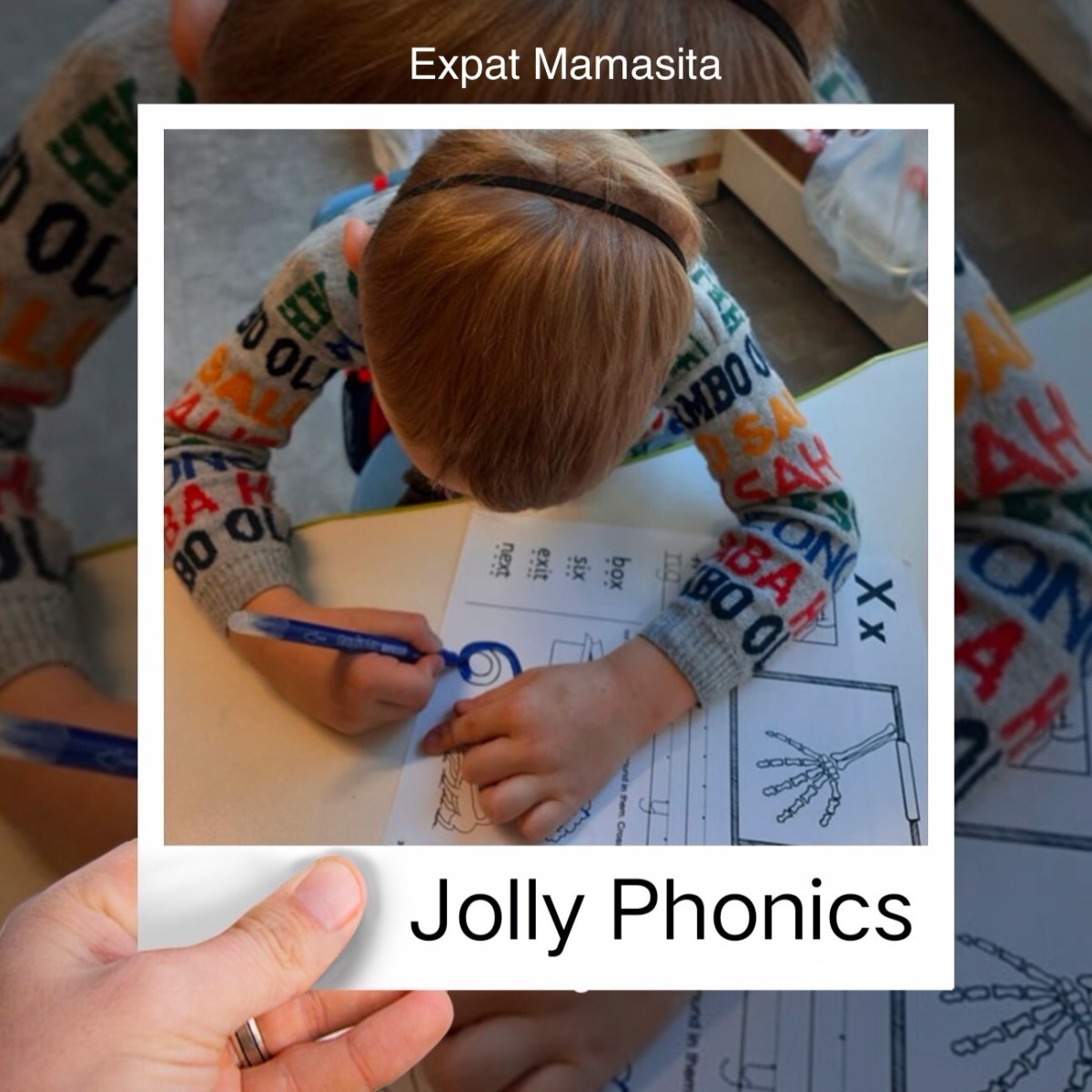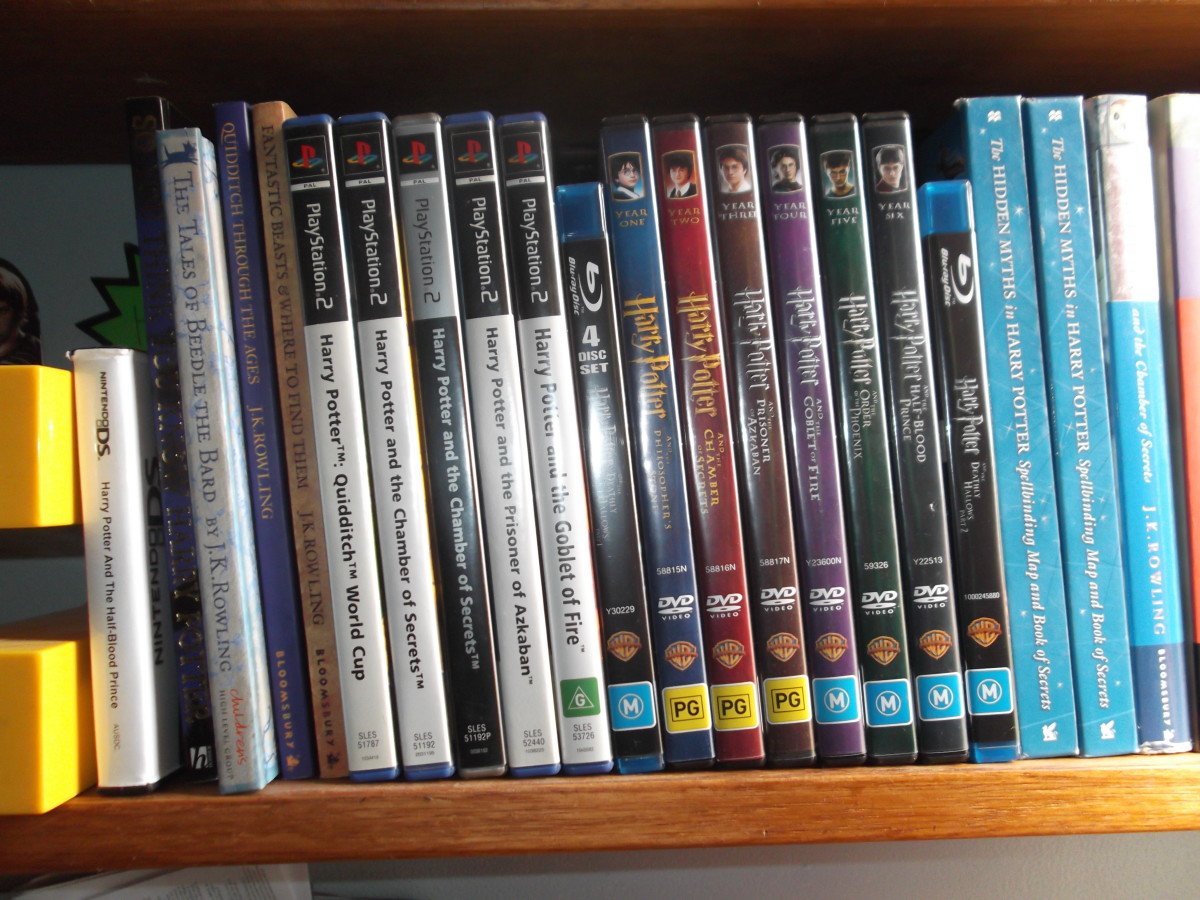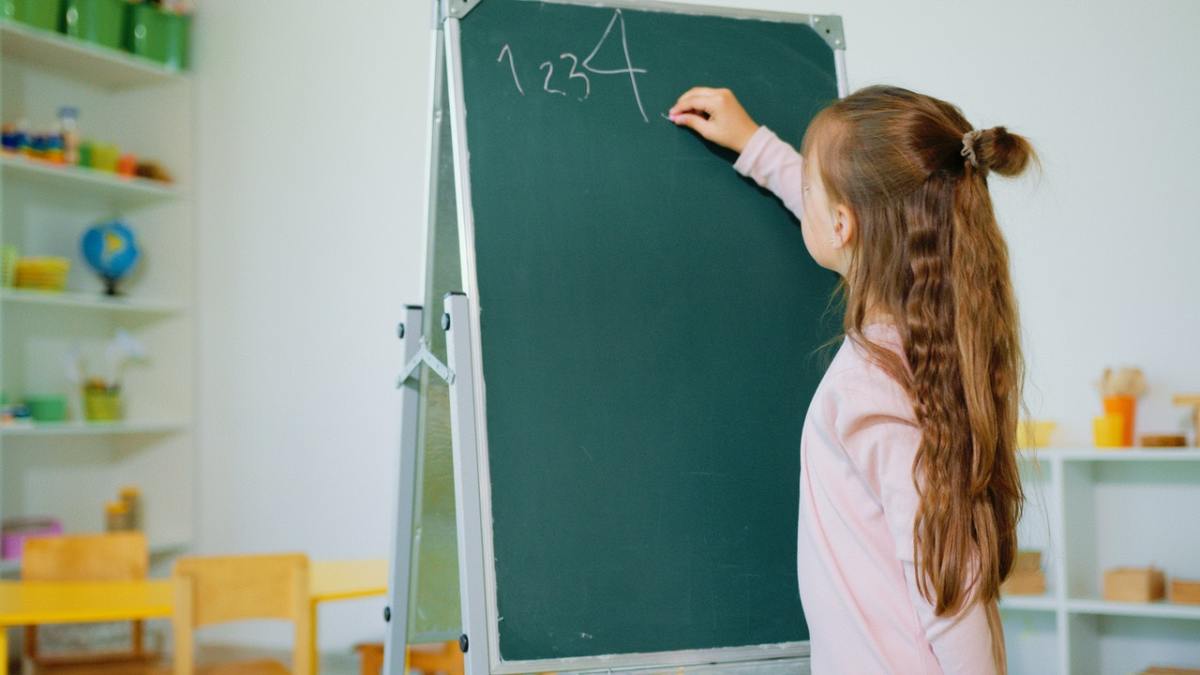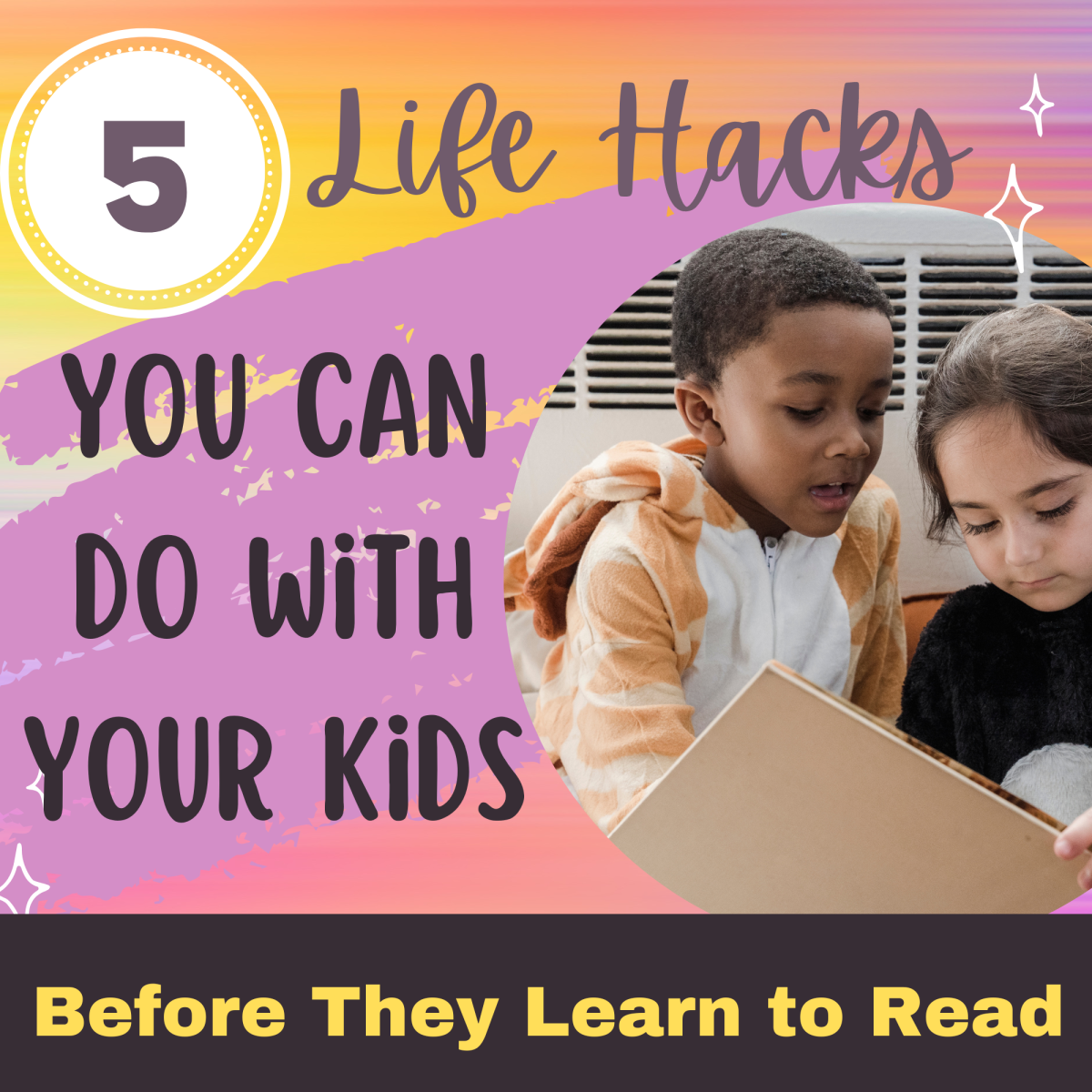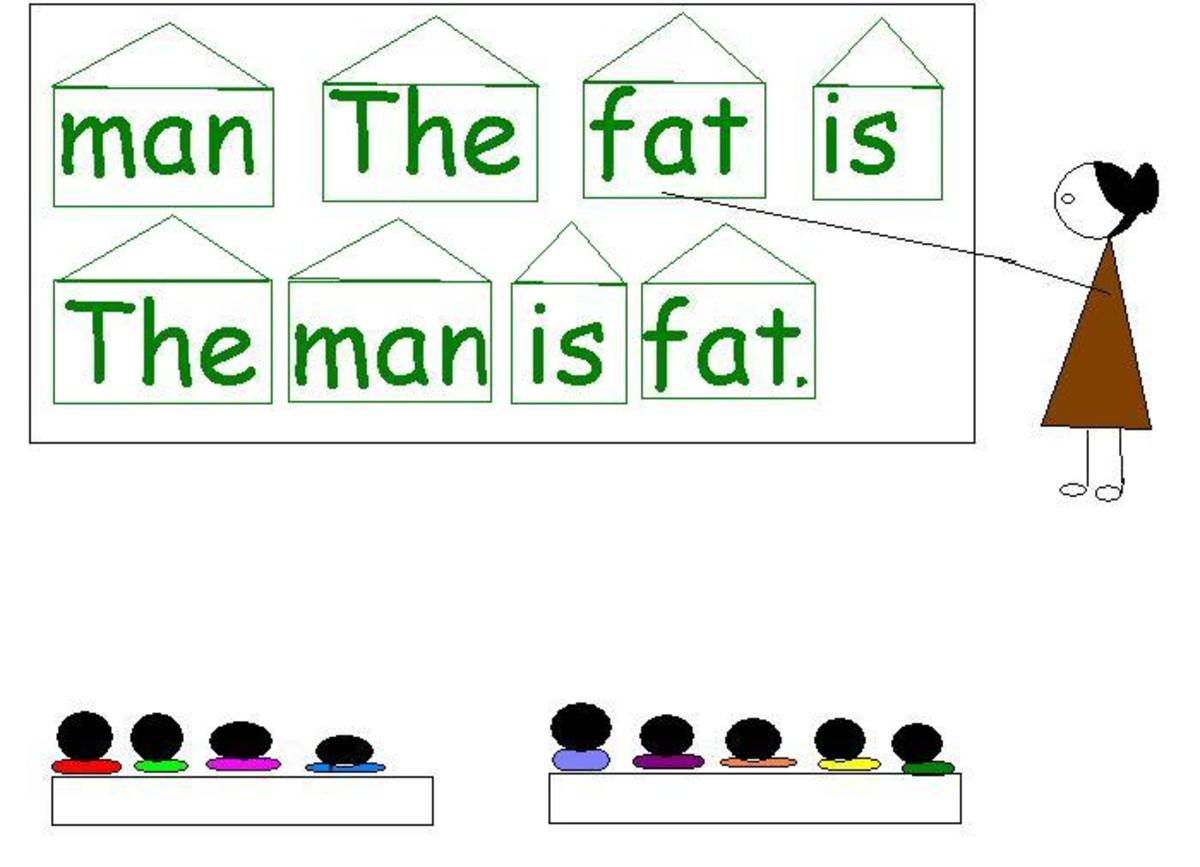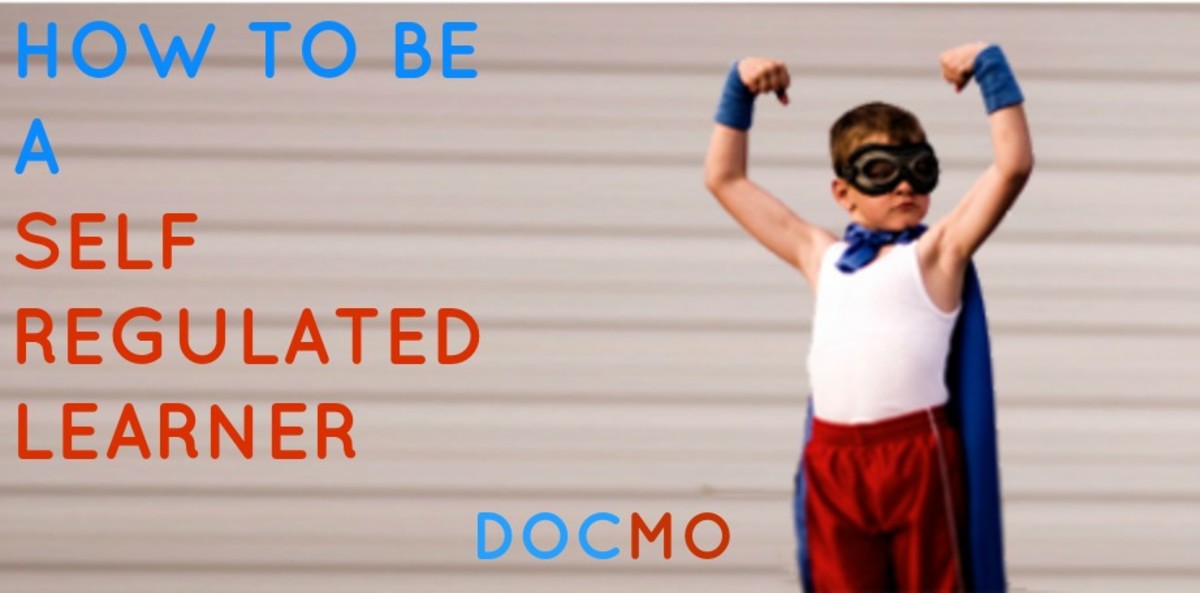How to Teach Your Child to Read: More Fun Tips for Independent Reading 4-8 years
Teaching Children How to Read with Phonics 4-8 Years
Do you want your child to grow up reading well and loving it? With the right support from home, children can learn to read and write early, easily and joyfully. In the years 4-8, emerging readers need phonics practice, shared reading and high-interest books.
At this age most children start to read, and are interested in everything--science, sports, stories, short novels, comics. Encourage them to practice reading at their level, but keep letting them hear you read books above their level too.
Keep practicing phonics activities with your child. Not all elementary schools emphasize this in early reading programs, but my experience as a Montessori teacher, a parent, and a reading and writing teacher for students of English as a Second Language shows me that strong phonics awareness is a peerless tool for decoding new words. It gives a word attack strategy that lets an emerging reader figure out a new four- or five-syllable word, instead of giving up because the length of the new word is overwhelming. These include activities like:
- saying the sound of the letter and tracing it in a cookie tray of salt, sand, oatmeal, or cornmeal;
- making letters in playdough and saying the sound; cooking pancake batter in letter shapes;
- matching pictures with initial, middle, or final consonant sounds--vowels are harder, but need practice too.
- introducing the phonograms in English--the groups of two or more letters that make one sound. Although English is not completely phonic, there are important patterns that benefit a reader (and speller!) who recognizes them--for example, "oa," "th," and "ight."
Teaching a Child to Read with Shared Reading
As your child starts to read, do Shared Reading, where the adult reads a page, modelling reading skills and keeping the pace of the story going, and the child reads a page or part of a page, learning to decode but not having to struggle too hard to keep the story interesting.
Encourage the child to think critically about the story by asking questions--Why did Harry hide his bath brush? Would you have done that, if you were Harry? Would you like Harry for your friend? Why?
Books for 4-8 years
Learn to Read Games with Storytelling and World Literature
Tell stories and act them out. These can be parts of stories that are currently above the child’s reading level. Simplify them. Tell timeless world stories from all cultures--world mythology, King Arthur, Shakespeare, Homer, Bhagavad Gita, heroes from world scriptures, First Nations coyote tales, history, your favourite books. If you don’t know these stories, ask your librarian or teacher to help you find them to share in some way with your child:
- How Coyote Stole Fire for the People, and all the animals on his team helped him.
- How Ping stayed out late to avoid being the last duck home, and spent the night all by himself on the Yangtze River
- How Prince Arjuna saw only the eye of the bird when he was gazing at the tree, and became the best archer of all the cousins
- How Daedalus and Icarus escaped from the clutches of Minos the King of Crete by making wings of beeswax and bird feathers
- How the baby Moses was rescued from the river reeds, and grew to part the water of the Red Sea
- How Prince Siddhartha ran away from the palace to look for the cause of all suffering
- How Amelia Earhart set off alone in her airplane to fly around the world
- How MacBeth saw the Forest of Birnam move to the Mountain of Dunsinane
- How Adam and Eve were sent out of the Garden for eating an apple
- How the boy Arthur pulled the Sword from the Stone and became king
- How William Tell shot the apple off his son’s head, and triggered the Swiss revolt against the tyrant Gessler
- How Isaac Newton fell asleep in an orchard, and wondered why the apple that hit him on the head fell down instead of up
- How Marie Curie discovered radium, and helped saved the lives of wounded soldiers in the great war
- How Sam Walton developed his family variety store in Arkansas into international marketing giant Walmart
Read poetry too!! Enjoy idiotic, playful poems like those by Shel Silverstein and Dennis Lee. Chant tongue twisters and jingles. Read classic lyric poems like Frances Cornford’s “ .... why do you walk through the field in gloves, when the grass is soft as the breast of doves, and shivering sweet to the touch?” and Christina Rossetti’s “Who Has Seen the Wind?” Read ballads-- Edward Lear’s “The Owl and the Pussycat,” and Alfred Noyes’ “The Highwayman.” Expose your child to a huge variety and let him tell you what he likes. He is developing his own taste under your guidance.
Make stories up and tell them. The books are only there because some one made them up. You can do that, too, and so can your child!!
Take pictures and make your own books about the child or the family. Have your child tell you what is happening in the picture, write it down simply in photo captions, and then have him read it to you. How about “A Visit to Grandma’s House,” “Alex Goes Swimming,” “At the Grocery Store,” or “Making Bannock?” Reading and writing develop together and each strengthens the other.
Boy Reading
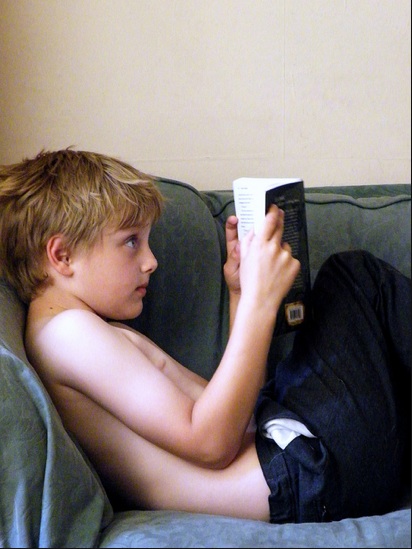
Teaching a Child to Read Will Change His Life Forever
The time you invest in teaching your children to read will change their lives forever, and open up realms of information and imagination that will support, enrich and inform them in a life-long friendship with books. Not a bit of effort will be wasted.
Children learn what they live. If they see readers in their family, they will want to read. If your child is fortunate to have more than one language in your home, do the literacy activities in both or all languages. Above all, have fun. You may have developed literacy late in life and had to work hard. With your help, your child can learn to read early, effortlessly, and with joy.


